Self-healing concrete stands at the forefront of a transformative era in construction, promising to revolutionise the durability and maintenance of buildings and structures. This innovative material possesses the unique ability to autonomously repair cracks, thereby significantly prolonging the lifespan of concrete infrastructure while reducing the need for frequent repairs and renovations. By enhancing structural integrity and minimising maintenance costs, self-healing concrete not only ensures safer and more resilient buildings but also supports sustainable development goals by conserving resources and reducing environmental impact.
Types of Self-Healing Concrete
Each type of self-healing concrete offers unique advantages depending on the specific requirements of construction projects, environmental conditions, and desired performance characteristics.
Natural Concrete with Inherent Healing:
Natural concrete with inherent healing relies on the unhydrated cement particles present within the concrete matrix. These particles remain dormant and inert under normal conditions but become active when cracks form and water infiltrates the structure. Upon contact with water, these unhydrated cement particles react to form calcium silicate hydrates, which expand and fill the cracks. This self-healing process occurs naturally, without the need for any external agents or additional materials. This type of self-healing concrete is advantageous for minor cracks that form due to shrinkage or thermal cycling, providing an effective and low-maintenance solution to extend the lifespan of concrete structures.
Autonomous Self-Healing Concrete:
Autonomous self-healing concrete incorporates external healing agents within the concrete mix. These agents are encapsulated in microcapsules or embedded in other forms that remain dormant until cracks occur. Upon the formation of a crack, the microcapsules rupture, releasing the healing agents into the damaged area. Common healing agents used in this method include calcium carbonate, sodium silicate, and specific polymers. These agents react with moisture or carbon dioxide from the atmosphere to form insoluble compounds that seal the cracks and prevent further damage. This method ensures a prompt and effective repair process, maintaining the structural integrity and longevity of the concrete without the need for human intervention.
Vascular Self-Healing Concrete:
Vascular self-healing concrete mimics biological vascular systems by embedding a network of microchannels or hollow fibers within the concrete structure. These channels are pre-filled with healing agents such as polymeric gels, epoxy resins, or organic fluids. When cracks develop in the concrete, the stress causes the channels to release the healing agents through capillary action or pressure differences. The agents then flow into the cracks and react to fill and seal them. This method is particularly effective for larger cracks and extensive damage, providing a robust self-healing capability that can significantly enhance the durability of concrete structures in critical infrastructure applications such as bridges, highways, and marine environments.
Capsule-Based Self-Healing Concrete:
Capsule-based self-healing concrete employs microcapsules containing healing agents that are mixed into the concrete during production. These capsules are designed to break upon crack formation, releasing their contents into the affected area. The healing agents, which can include epoxy resins, polyurethane, or other compounds, react with environmental elements such as moisture or carbon dioxide to form a strong and durable bond across the crack surface. This method is versatile and can be tailored to different environmental conditions and structural demands. Capsule-based self-healing concrete is especially useful in environments where frequent cracking and high stress are anticipated, such as industrial floors and high-traffic areas.
Bacterial or Microbial Self-Healing Concrete:
Bacterial self-healing concrete leverages the natural biological processes of specific bacteria, such as *Bacillus subtilis*, to enhance the durability of concrete. Bacterial spores are introduced into the concrete mix, where they remain dormant until activated by the presence of water through cracks. When moisture infiltrates the concrete, the bacteria become active and produce calcium carbonate (CaCO3) as a metabolic byproduct. This calcium carbonate precipitates and fills the cracks, effectively sealing them and restoring the structural integrity of the concrete. This method offers a sustainable and eco-friendly solution to concrete repair, utilizing natural biological processes to achieve self-healing. Bacterial self-healing concrete is particularly beneficial in environments prone to frequent cracking and moisture exposure, such as marine structures and underground facilities.
Advantages of Self-Healing Concrete
Crack Sealing: Self-healing concrete is designed to autonomously seal microcracks whci can develop due to shrinkage, thermal expansion, or other factors. Self-healing mechanisms within the concrete matrix activate when these microcracks form. For instance, some types of self-healing concrete use bacteria or encapsulated healing agents that react with moisture and oxygen to produce calcite or other minerals that fill the cracks. This proactive sealing prevents the microcracks from growing into larger, more damaging cracks. By maintaining the integrity of the concrete from its early stages, self-healing concrete enhances durability and reduces the need for extensive repairs later on.
Waterproofing: One of the critical functions of concrete in construction is its ability to act as a barrier against moisture. Self-healing concrete plays a crucial role in maintaining this waterproofing function over the long term. When cracks occur in traditional concrete, they provide pathways for water to penetrate into the structure. This can lead to corrosion of reinforcing steel, deterioration of concrete due to freeze-thaw cycles, and other forms of damage. Self-healing concrete addresses this issue by promptly sealing cracks as they form, thus preventing water ingress. By preserving the waterproofing properties of concrete, self-healing technology enhances the durability and service life of structures exposed to moisture and harsh environmental conditions.
Enhanced Durability: The ability of self-healing concrete to repair cracks and maintain waterproofing contributes significantly to its overall durability. Concrete structures are often subjected to various stresses and environmental factors that can lead to deterioration over time. By effectively sealing cracks and preventing water and harmful substances from entering, self-healing concrete reduces the likelihood of corrosion, freeze-thaw damage, and chemical attack. This improves the structural performance and extends the lifespan of concrete structures, making them more resilient and capable of withstanding harsh conditions without compromising their integrity.
Reduced Maintenance Costs: One of the most significant benefits of self-healing concrete is its potential to reduce maintenance costs over the lifecycle of a structure. Traditional concrete structures require periodic inspections and repairs to address cracks and other forms of deterioration. These maintenance activities involve labor, materials, and downtime, which can be costly and disruptive. Self-healing concrete minimizes the need for such interventions by continuously repairing cracks and maintaining structural integrity. This reduces the frequency and extent of manual repairs, leading to substantial savings in maintenance expenses. Over time, the cumulative savings in labor and materials can make self-healing concrete a cost-effective choice for infrastructure projects.
Environmental Sustainability: Self-healing concrete supports environmental sustainability by promoting the efficient use of materials and reducing waste. Traditional repair methods often involve the use of additional concrete, cement, aggregates, and other resources, which can contribute to environmental impacts such as carbon emissions and resource depletion. Self-healing concrete minimizes these impacts by reducing the consumption of repair materials and extending the service life of structures. This results in fewer repairs, less material waste, and lower carbon footprints associated with construction and maintenance activities. By improving the longevity and sustainability of concrete structures, self-healing technology aligns with global efforts to promote sustainable development in the construction sector.
Maintaining Structural Integrity: The continuous self-repair capability of concrete ensures that structures maintain their structural integrity throughout their service life. Cracks can compromise the strength and stability of concrete, potentially leading to structural failures if not addressed promptly. Self-healing concrete prevents this scenario by sealing cracks as they occur, thereby preserving the load-bearing capacity and performance of structures. This is crucial for ensuring the safety and reliability of buildings, bridges, tunnels, and other critical infrastructure. By maintaining structural integrity, self-healing concrete enhances safety for occupants and users while reducing the risks associated with structural failures.
Improved Aesthetics: Beyond its functional benefits, self-healing concrete also contributes to the aesthetic quality of structures. Visible cracks detract from the appearance of buildings and infrastructure, giving them a weathered or neglected appearance. Self-healing concrete helps to preserve the smooth, uniform surface of concrete by preventing the development of visible cracks. This enhances the visual appeal and architectural quality of structures, making them more attractive and appealing to stakeholders, residents, and visitors alike. By maintaining a pristine appearance over time, self-healing concrete supports the long-term aesthetic value and appeal of construction projects.
Applications of Self-Healing Concrete in Building and Structures
1. Building Foundations: Self-healing concrete can be used in foundations to mitigate cracking caused by settlement or soil movement. This helps maintain structural integrity and prevents water seepage, which is crucial for ensuring the stability and durability of the entire building.
2. Flooring and Walls: In residential and commercial buildings, self-healing concrete can be applied to flooring and walls to reduce the occurrence of cracks due to settling, thermal expansion, or other stresses. This not only improves aesthetics but also minimizes maintenance costs over the building's lifespan.
3. Exterior Facades: Self-healing concrete can be integrated into exterior facades to enhance weather resistance and appearance. It helps prevent surface cracks and discoloration, maintaining the building's visual appeal and reducing the need for frequent maintenance and repairs.
4. Balconies and Terraces: Balconies and terraces are susceptible to weathering and moisture penetration, leading to cracks and structural issues. Self-healing concrete can be used in these areas to improve durability and safety, ensuring they remain structurally sound and aesthetically pleasing.
5. Parking Structures: Parking garages and structures are exposed to heavy loads, moisture, and chemicals from vehicles, which can accelerate concrete deterioration. Self-healing concrete in parking structures can repair micro-cracks caused by stress and environmental factors, extending the service life of these facilities.
6. Roofing: Self-healing concrete can be used in roofing materials to prevent water leakage and maintain thermal insulation properties. It reduces the risk of structural damage and water ingress, enhancing the overall longevity and efficiency of the building envelope.
7. Swimming Pools: In residential and commercial properties with swimming pools self-healing concrete can be used to prevent water leakage and maintain structural integrity. This ensures long-term functionality and aesthetic appeal without the need for frequent repairs.
Apart from apart from buildings and structures it can be used for Bridges and Highways, Marine and Coastal Structures and Infrastructure in Harsh Environments
Challenges and Future Directions
Despite its promising benefits, the widespread adoption of self-healing concrete faces challenges such as initial cost barriers, scalability of production, and compatibility with existing construction practices. Ongoing research and development efforts are focused on addressing these challenges and optimizing self-healing technologies for broader implementation in construction projects worldwide. Future directions for self-healing concrete include enhancing the efficiency and reliability of healing mechanisms, optimizing material formulations for specific applications, and integrating digital technologies for real-time monitoring and assessment of concrete performance.
Conclusion
Self-healing concrete represents a revolutionary advancement in construction materials, offering enhanced durability, reduced maintenance costs, and improved sustainability for infrastructure worldwide. By integrating innovative healing mechanisms, self-healing concrete not only extends the lifespan of building and structures but also contributes to safer and more resilient built environments.
As research continues to innovate and refine self-healing technologies, the potential for self-healing concrete to become a standard in construction practices grows, promising a future where infrastructure is not only stronger and more durable but also capable of self-repairing to meet the evolving demands of urbanization and sustainability.
Images- legacysearch.net, linkedin.com

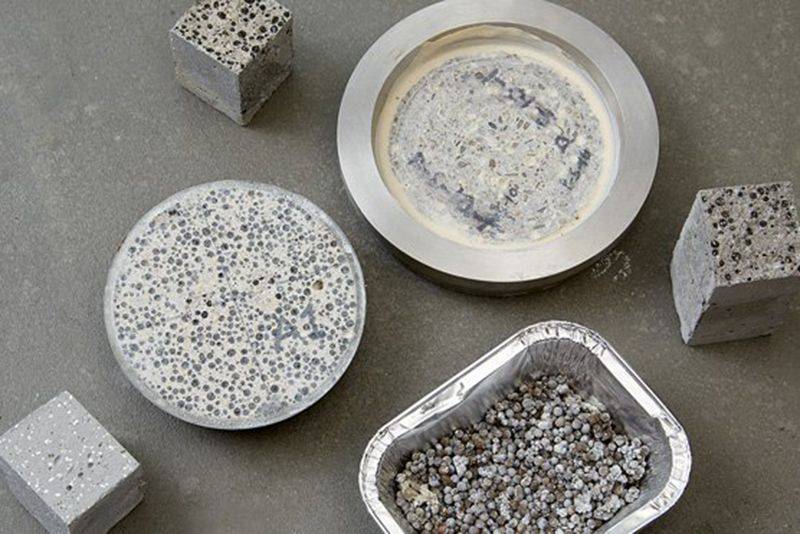
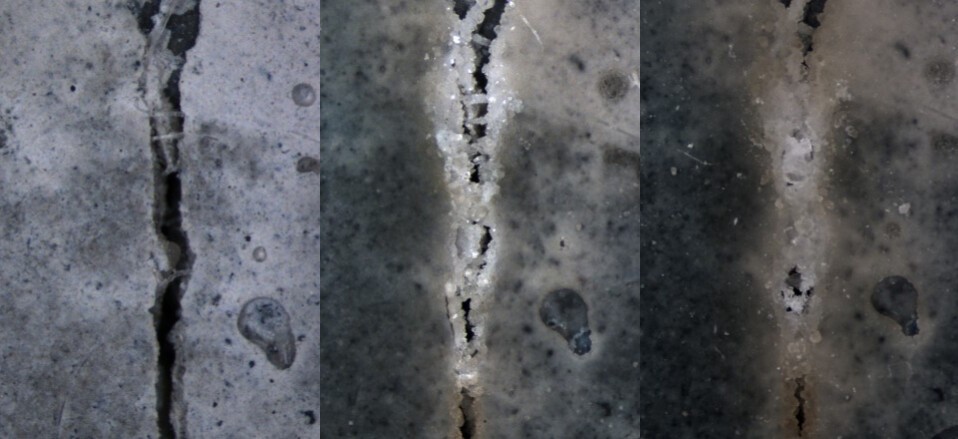



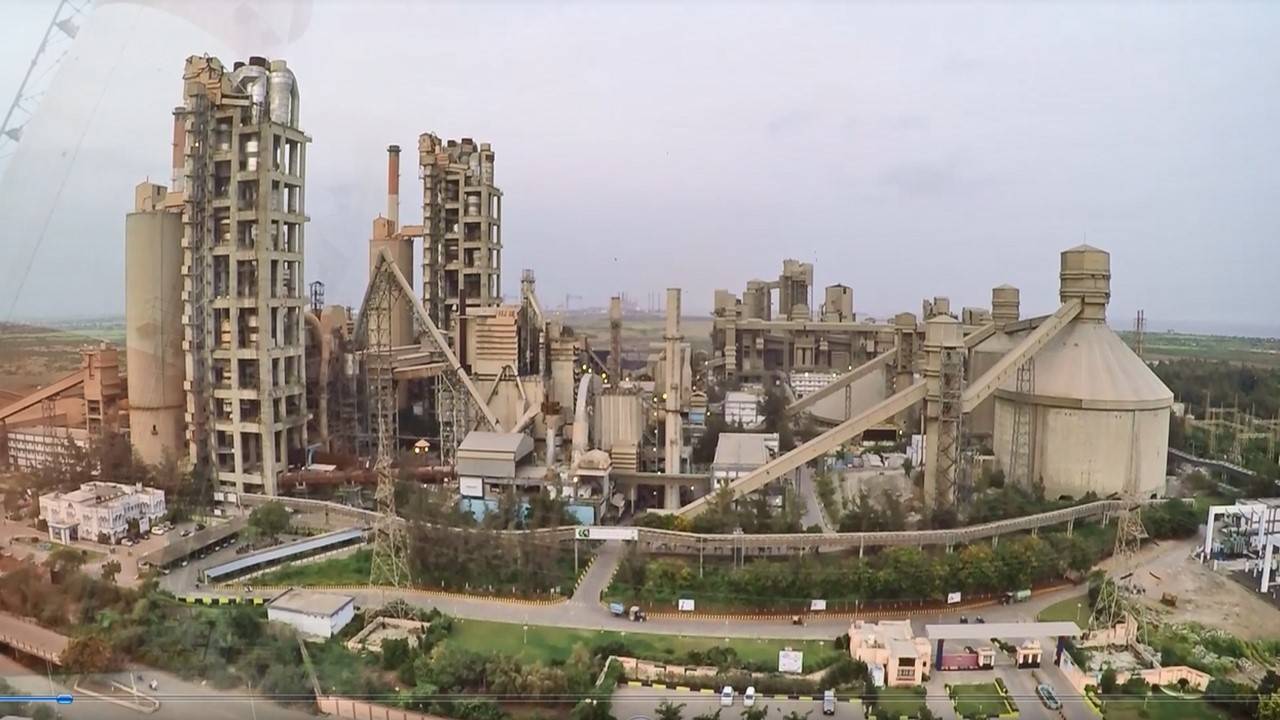
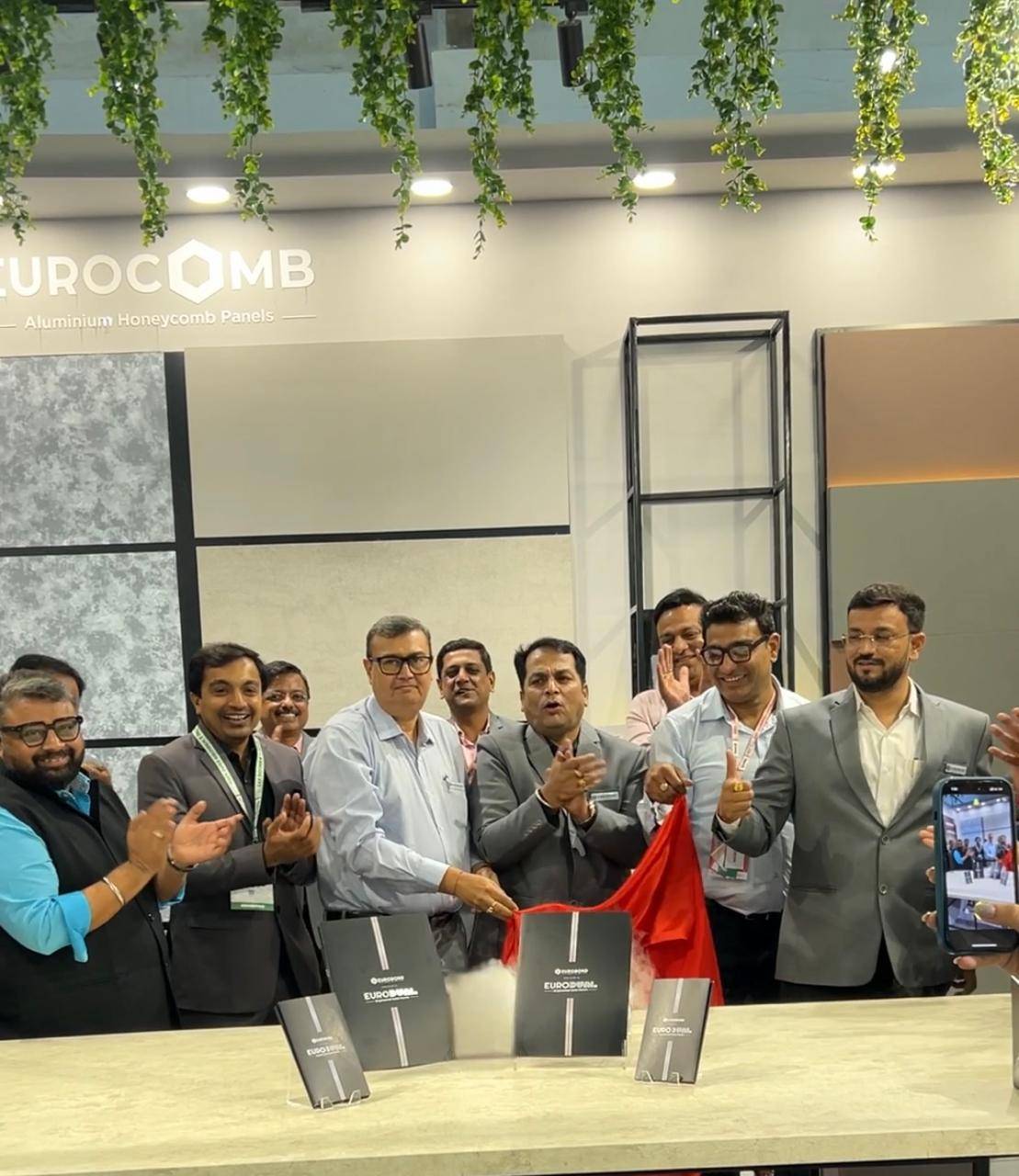
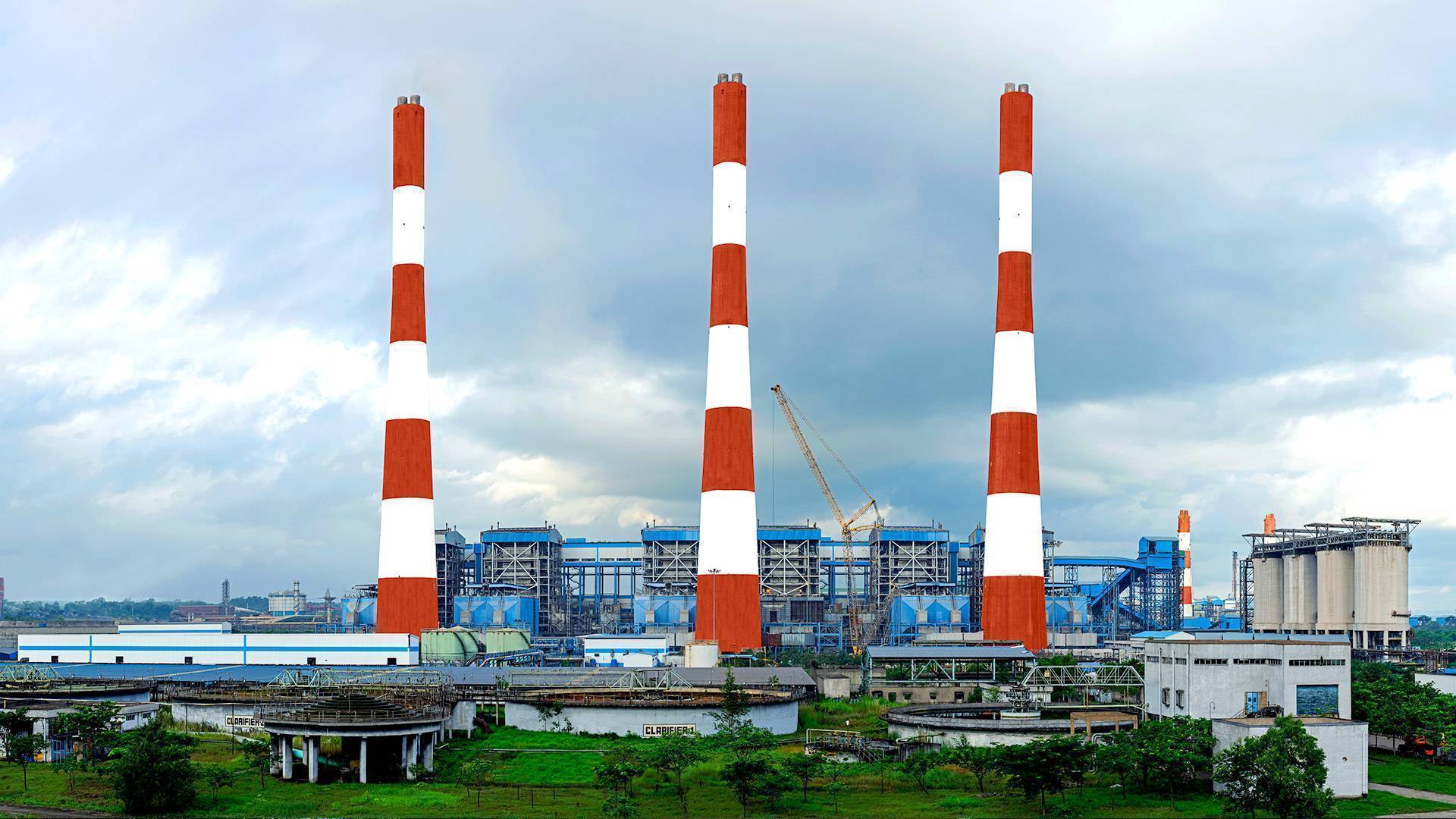
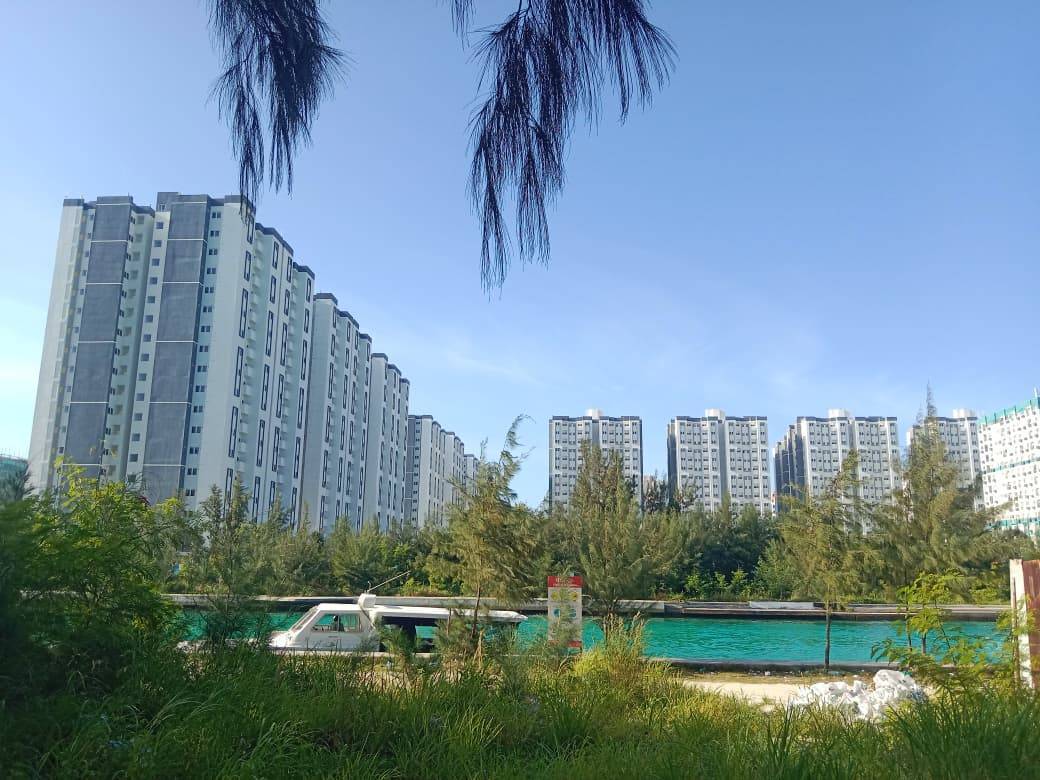
.png)